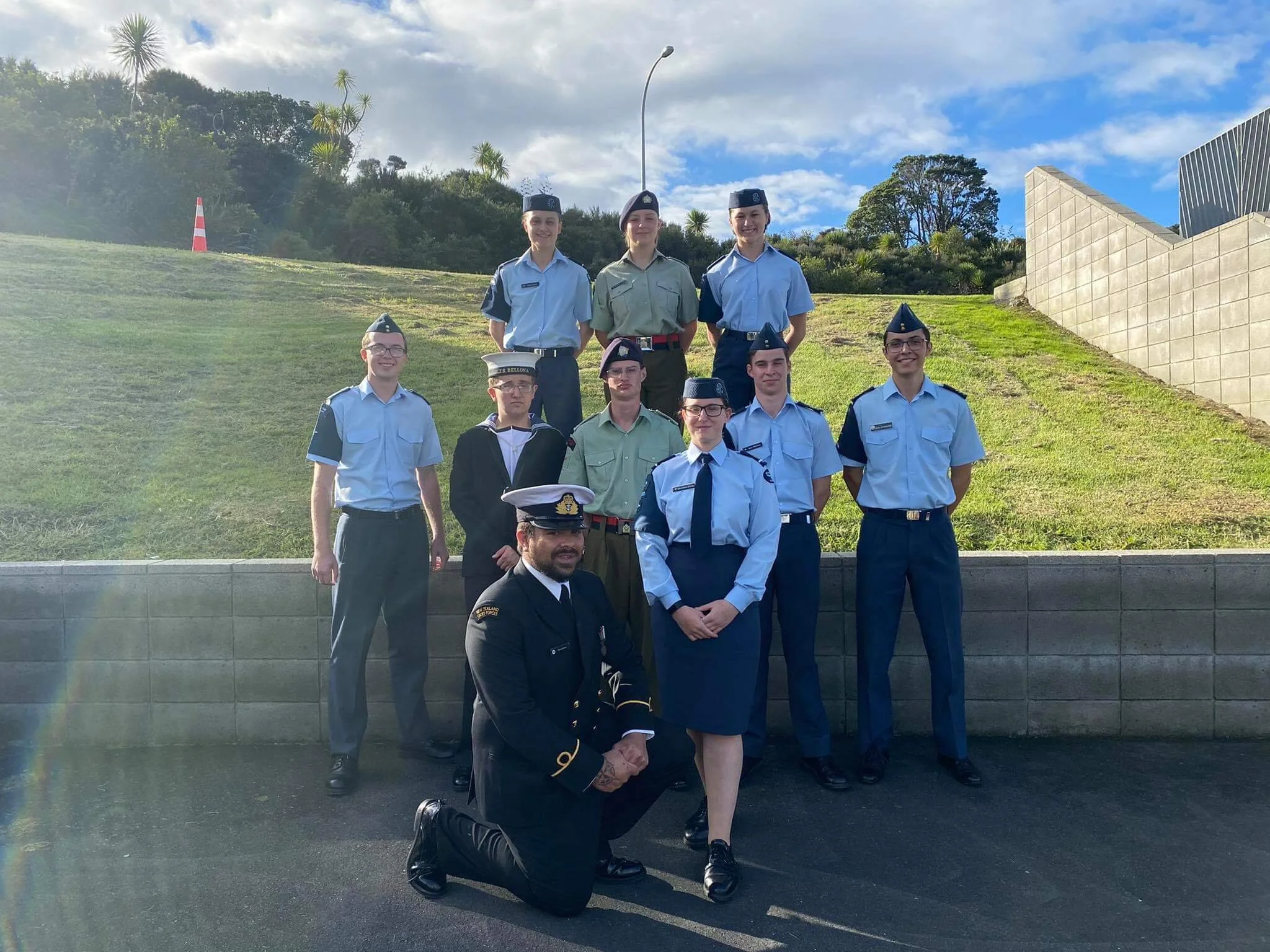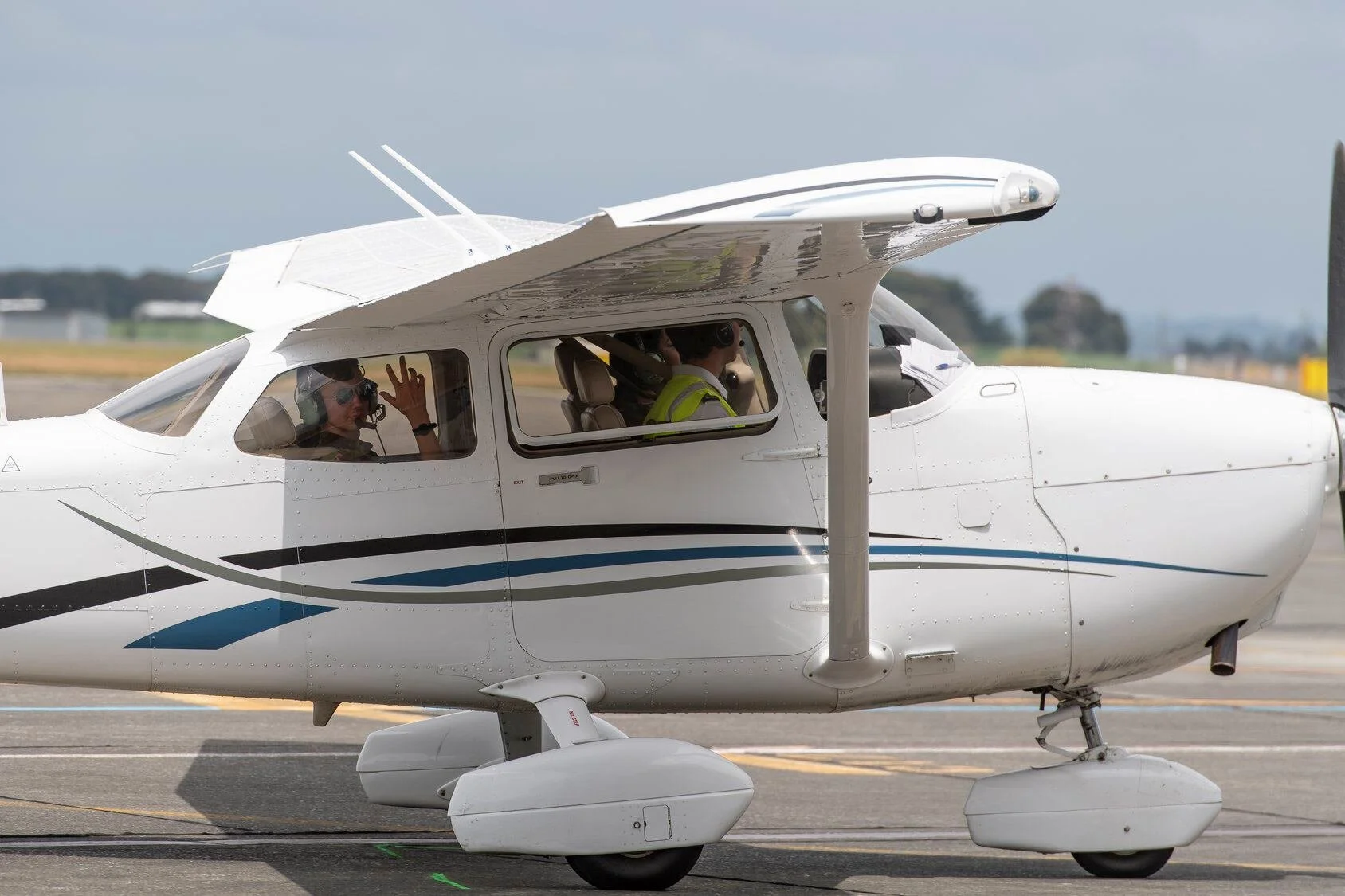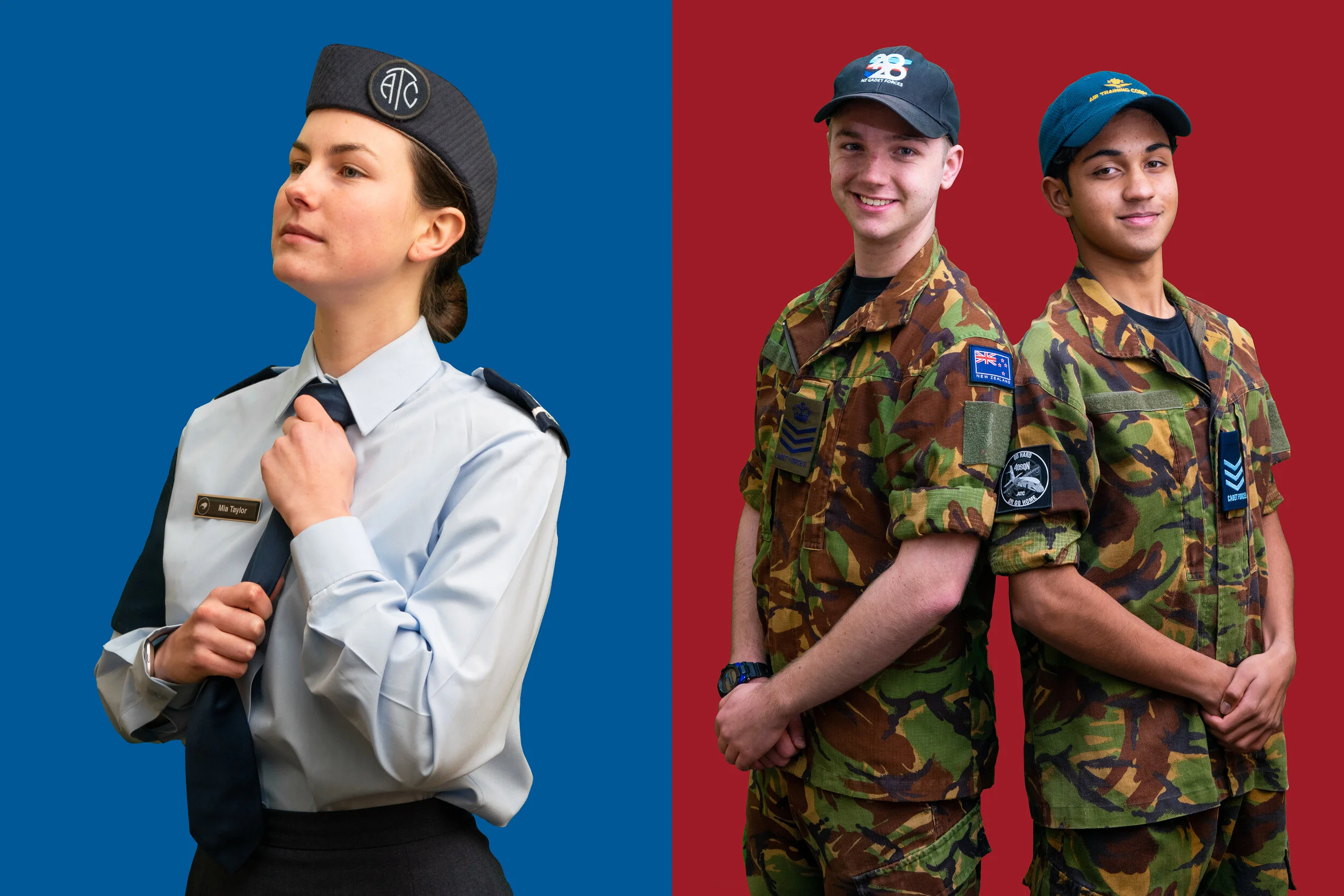
Who We Are
40 SQN ATC is just one of more than 98 units of the New Zealand Cadet Forces. Find out more about the NZCF, our unit’s history, and aspects of cadet service.
Our Organisation
New Zealand Cadet Forces
The New Zealand Cadet Forces (NZCF) is a disciplined, uniformed organisation which provides military-based leadership, personal development and operational training to persons aged between 13 and 18 years old. Through its three branches, the Cadet Forces provides personnel with a four-year training curriculum, while a number of unit, area and national courses provide further experience and qualifications in specific training areas. It is jointly funded by the Chief of Defence Force and four national recognised Civilian Support Organisations. The NZCF is a non-profit organisation for the youth of New Zealand and their youth leaders, and adheres to a strict but fair Code of Conduct that makes sense for everyone involved.
To learn more about the NZCF, visit www.cadetforces.org.nz.
Air Training Corps
The Air Training Corps (ATC) is the aviation branch of the NZCF, and is aligned with the Royal New Zealand Air Force (RNZAF). Formed in September 1941 originally for the purpose of training young pilots ready for active service. There are 49 ATC Squadrons located throughout New Zealand with a vision to foster the spirit of adventure and teamwork, and to develop those qualities of mind and body essential for good citizens and leaders.
The ATC curriculum contains aviation, bushcraft, drill commands, leadership, search and rescue (SAR), survival skills, organisational knowledge of NZDF and NZCF and weapons training. National courses are provided in powered flying, aeronautical navigation, gliding and bushcraft.
No. 40 (Howick) Squadron, ATC
No. 40 (Howick) Squadron ATC was formed on the 23rd of November, 1981. The Unit was originally based at 90 Wellington Street, Howick and shared the facility with the Howick Range.
The Unit was originally called No. 40 (Howick-Pakuranga) Squadron and in 1991 received a charter from the Mayor of Manukau City, changing name to No. 40 (City of Manukau) Squadron. In 2000, after the Howick Rifle Range was closed, the Squadron relocated to its current location at The Depot in Lloyd Elsmore Park.
In 2012, with the formation of the Auckland Super City, the Unit once again changed names to No. 40 (Howick) Squadron to consolidate its ties with the local Howick area.
Cadet Service
Training
Our Cadet Development Framework is based on a 4-year training programme. Cadets progress through their Basic 1 (first year), Basic 2 (second year), Proficiency (third year) and Advanced (fourth year) years in their respective flights. Cadets learn a variety of skills in the classroom, on the parade ground and out in the field. Subjects covered include aviation, bushcraft and navigation, first aid, drill and ceremonial, and other exciting activities.
Discipline
Discipline is a key model of the NZCF. We use a variety of techniques such as military drill, a defined rank structure and community service to better cadets, making them responsible contributors to the world around them. All members of the NZCF are subject to the Code of Conduct.
Uniforms
Air Training Corps cadets are issued with modified RNZAF uniforms, with rank slides and brassards identifying you as a cadet. The uniform is loaned to you, which you will wear and maintain until the end of your service. Cadets learn to wear and treat their uniform with reverence and respect.
Unit Support Committee
The Unit Support Committee (USC) consists of parents, guardians and friends of the unit who provide valuable administrative support to cadets and staff. They help our bring costs down, keep paperwork in order and overall make the 40 Squadron experience easier for everyone.
If you are interested in helping out, get in contact with us through our Contact Us form or visit us on a Tuesday night during the school term!
To make a payment to the unit, visit our Payment Guide.








